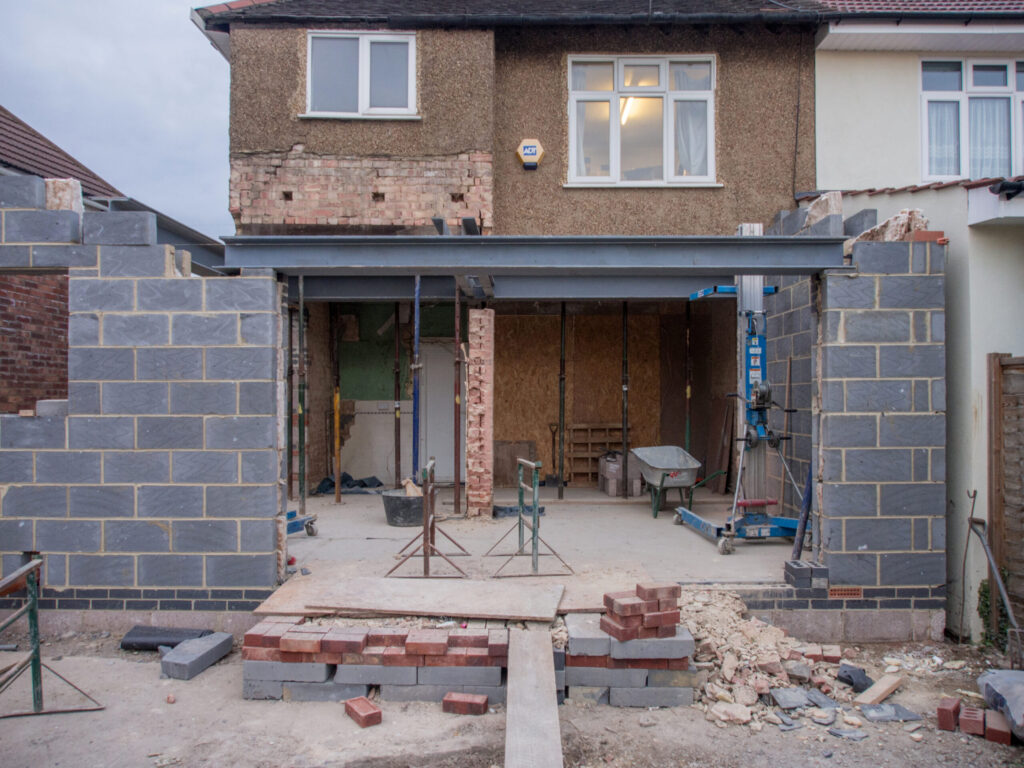Low-Income Homeowners and Renters Bear the Brunt of U.S. Disasters
This year, the United States has faced an unprecedented number of major disasters, with 23 significant events recorded – the highest since the National Oceanic and Atmospheric Administration (NOAA) began tracking in 1980. These calamities, ranging from hurricanes and wildfires to floods, tornadoes, and hail storms, have tragically claimed over 250 lives and inflicted property damage exceeding $57 billion. Additionally, they have triggered and intensified various health problems nationwide. Notably, these disasters have had a disproportionately severe impact on low-income homeowners and renters, exacerbating existing inequalities.
As homeowners struggle to recover and brace for increasingly severe weather patterns, they are confronted with a burgeoning crisis: the dwindling availability of insurance coverage. This alarming trend threatens to financially devastate families and communities, potentially triggering a cascading effect on the mortgage and construction sectors. Several leading insurance companies, overwhelmed by the surge in disaster-related claims, have ceased issuing new policies in states like California, Colorado, Florida, and Louisiana.
Across numerous states, homeowners are now grappling with soaring insurance premiums, higher deductibles, and diminished coverage. As private insurers withdraw, state-chartered, nonprofit insurers of last resort, known as residual markets, are being compelled to fill the gap, a role they were not originally intended to play. Consequently, the rate of uninsured homeowners has alarmingly increased from 5% to 12% in just three years, driven by the escalating costs of insurance.
Addressing this insurance crisis necessitates tackling the underlying risk crisis. The majority of U.S. homes were constructed according to building codes that did not account for the current escalation in extreme weather events. While many of these structures can be upgraded to be more climate-resilient, the solutions are specific to each type of risk, and there is no universal remedy. Often, the most vulnerable populations lack the financial means for even minor improvements. Solving this will require innovative thinking, novel funding methods, and collaborative efforts, as exemplified by Alabama’s approach.
Over ten years ago, Alabama initiated the Strengthen Alabama Homes (SAH) program, a pioneering effort to enhance home resilience. SAH offers homeowners grants of up to $10,000 to install FORTIFIED Roofs™, a building standard developed by the Insurance Institute for Business and Home Safety (IBHS) based on extensive research. These roofs have been proven to significantly mitigate or prevent damage from hurricanes, high winds, hail, tornadoes, and other severe weather events. Notably, hurricanes, which have caused the most damage since 1980, totaling $1.3 trillion, and the highest death toll, are effectively addressed by the FORTIFIED standard, which is widely acknowledged by the insurance industry.
The impact of the SAH program extends beyond the individual homeowners who receive the grants. In the U.S., there are over 54,000 FORTIFIED roofs, with around 48,000 in Alabama alone, yet only 6,500 of these were grant-funded. The success of SAH and the proven effectiveness of FORTIFIED roofs have spurred broader interest. Alabama now boasts a network of trained inspectors and roofing contractors who educate homeowners about the benefits of FORTIFIED roofs. This has led to the construction of entire subdivisions with FORTIFIED roofs. Homeowner awareness saw a significant boost following Hurricane Sally in 2019, when those with FORTIFIED roofs reported minimal or no damage, unlike their neighbors without such protection. Alabama’s commitment to building resilience has been instrumental in maintaining a stable and competitive home insurance market.






